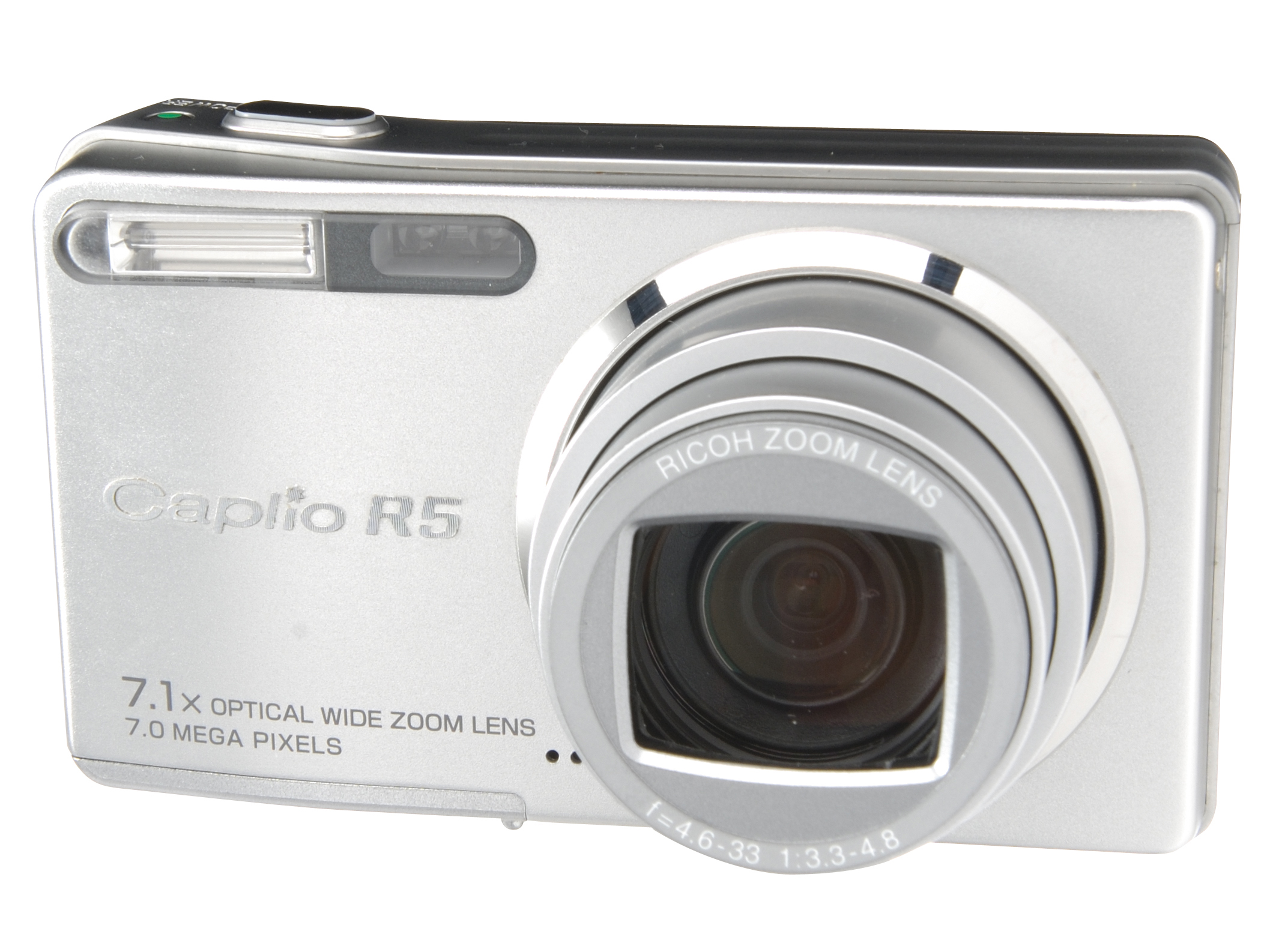TechRadar Verdict
Certainly ticks lots of boxes, but image noise is a headache
Pros
- +
Sharp picture throughout lens range
Cons
- -
Too much image noise
Why you can trust TechRadar
You can't beat the convenience of a slimline compact camera. Slip it into a spare pocket and take it just about anywhere.
However, with that portability comes an almost universal frustration in the shape of a virtually ubiquitous 3x zoom lens, which fails to supply a decent wide-angle view at one end of its range or give anything remotely approaching telephoto at the other.
Despite a slim (26mm) form factor, Ricoh has somehow managed to shoehorn a far more generous 7.1x zoom lens into its Caplio R5. Its equivalent focal range of 28- 200mm gives the camera an edge over most of its competition.
When in use, the zoom switch for the lens is a bit small, it isn't very conveniently placed and is rather more fiddly than on most cameras. As with many motorised zooms, you don't get a smooth progression but rather a lurching from one zoom setting to the next, in this case stepping between 28, 35, 50, 85, 105, 135 and 200mm.
Even so, we were delighted with the sharpness of the lens throughout the whole zoom range, even when shooting at wide-open apertures. Pincushion and barrel distortion at the telephoto and wide-angle zoom extremities was also less than we were expecting, considering the generous 7x range.
The R5 also includes a new Skew Correction option in its variety of scene modes, enabling you to photograph something from an angle and make it look like it was shot head on. In practice, this works best with things such as shots of TV or computer screens, or shop windows where you don't want your reflection in the photo.
Feel the noise
Compared with the older Caplio R4, the new model has more resolution both in its CCD sensor and its 2.5-inch LCD. This has to be used for composing shots because there's no separate viewfinder, the lack of which is now common in digital compact cameras.
Sign up for breaking news, reviews, opinion, top tech deals, and more.
Two problems with using large LCDs as viewfinders are that they can cane battery life and can lead to blurred photos from camera shake in low light levels, because you can't 'lock' the camera into your face. The R5 gets around the first problem easily enough, with a Li-ion battery pack that lasts for around 380 shots between charges - more than doubling the performance of some of its competitors.
There's also a CCD-shift anti-shake mechanism built in. However, this didn't work quite as well in our tests as similar systems built into Canon and Nikon compact cameras.
In general use, both indoors and outdoors and in varying light conditions, the exposure and colour accuracy of the R5 proved very good in our tests. Skin tones were natural, vivid colours were recreated with passion and the camera did a good job of maintaining both lowlight and highlight details in high contrast scenes.
The only real Achilles heel of the camera is image noise. Like many Ricoh cameras we've seen in the past, the R5 has noticeable grain-like noise attributes that affect too many areas of too many photos. It's noticeable as soon as you go beyond the 100 ISO setting, getting steadily worse all the way up to 1600 ISO.
It's a shame because, apart from this one flaw, the R5 is a seriously handy pocket camera. Matthew Richards
Tech.co.uk was the former name of TechRadar.com. Its staff were at the forefront of the digital publishing revolution, and spearheaded the move to bring consumer technology journalism to its natural home – online. Many of the current TechRadar staff started life a Tech.co.uk staff writer, covering everything from the emerging smartphone market to the evolving market of personal computers. Think of it as the building blocks of the TechRadar you love today.
